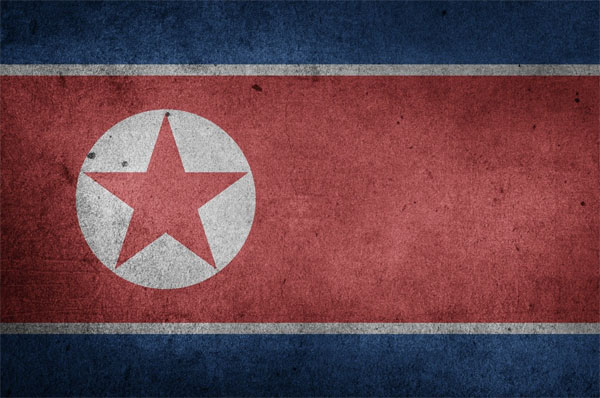Tension rise as North and South Korea trade provocations

[North Korea Dprk Korea. Photo Credit to Pixabay]
Military tensions have heightened between South Korea and North Korea as both countries engage in retaliatory actions, drawing in other nations and intensifying the conflict.
Starting on May 29, 2024, North Korea launched a series of balloon attacks filled with trash over the borders of South Korea, continuing until June 25, 2024.
These balloons contained waste materials, including manure, cigarettes, scraps of clothes, batteries, and vinyl.
When the first group of balloons arrived, the South Korean government urged its citizens not to touch them, as North Korea is known for holding a large collection of biological and chemical weapons.
Some balloons also contained items banned in North Korea, such as jeans and imitations of Disney characters, as well as hazardous materials like human waste and parasites.
The escalation was further fueled on June 21, 2024, when Kim Yo Jong, the sister of North Korean leader Kim Jong Un, declared the balloon raids a counterattack against South Korean activists who had launched balloons carrying political propaganda, USB sticks with South Korean songs and TV dramas, and U.S. dollar bills.
North Korea proceeded to launch their sixth balloon raid with around 100 balloons, which mostly landed in Seoul, South Korea, on June 24, 2024.
Kim Yo Jong warned that South Korea should be ready to pay “a gruesome, dear price,” raising concerns about potential physical provocations rather than balloon launches.
South Korea consequently initiated frontline anti-Pyongyang propaganda broadcasts which included K-pop songs, foreign news, and speeches denouncing the Kim regime.
North Korea, fearing the impact of these broadcasts on its citizens, threatened and fired artillery rounds across the border.
Despite this, South Korea resumed the broadcasts on July 19, 2024, and increased its military readiness.
Amid these escalating tensions, the balloon war also disrupted airport systems, causing passengers to end up at the wrong destinations.
In late July, several balloons landed on the presidential office compound, raising concerns about South Korea’s defense.
As the conflict intensified, other nations became involved.
Vladimir Putin, president of Russia, visited North Korea on June 19, 2024, to make a deal that requires both countries to provide aid to each other if attacked.
Kim Jong Un also met with Russian Vice Defense Minister Aleksey Krivoruchko to strengthen military ties, marking one of the closest alliances between North Korea and Russia since the Cold War.
Analysts describe this alliance could encourage North Korea to provoke South Korea.
The North Korean-Russian treaty follows North Korea’s support of Russia in the Ukraine war, where it supplied ammunition and arms.
South Korean National Security Adviser Chang Ho-Jin stated that any cooperation aiding North Korea’s military violates United Nations Security Council resolutions and will be subject to international sanctions.
South Korea plans to add additional sanctions on four Russian ships, five organizations, and eight individuals who are responsible for the transfer of weapons and oil between Russia and North Korea.
In light of the North Korean-Russian treaty, South Korea is reconsidering its policy on providing lethal aid to Ukraine and plans to strengthen its alliances with the U.S. and Japan to counter North Korean missile threats.
On June 22, 2024, a U.S. nuclear-powered aircraft carrier arrived in South Korea for a trilateral military exercise with South Korea and Japan.
North Korean Vice Defense Minister Kim Kang-Il criticized this deployment as reckless, viewing the exercise as invasion practice, which prompted North Korea to initiate missile tests.
With tensions rising, North and South Korea are increasingly aligning with other nations to enhance their security and military capabilities.

- Matthew Park / Grade 9
- Seoul International School

![THE HERALD STUDENT REPORTERS [US]](/assets/images/logo_student_us.png)
![THE HERALD STUDENT REPORTERS [Canada]](/assets/images/logo_student_ca.png)
